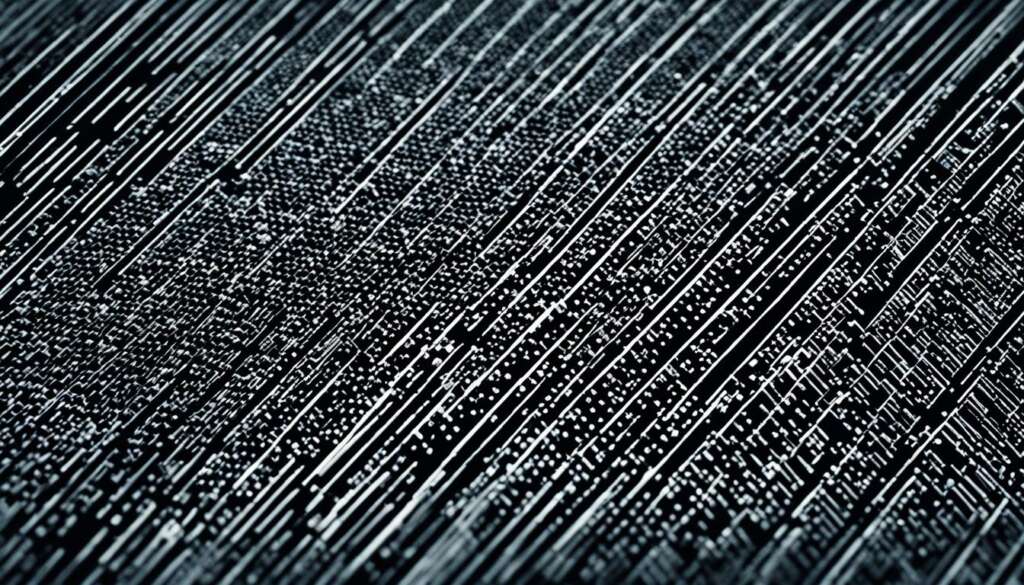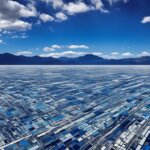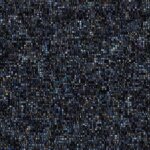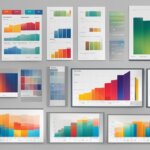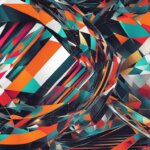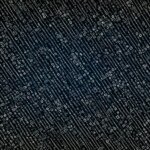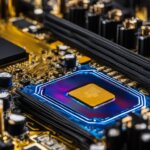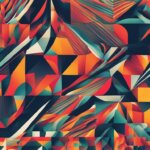Table of Contents
In today’s digital age, we encounter images on a daily basis. From personal photos to professional graphics, high-quality visuals are essential for making an impact. But have you ever wondered what exactly a JPEG is and how it impacts image quality? In this comprehensive file format guide, we will explore all you need to know about JPEG, one of the most common image formats used today.
Key Takeaways
- JPEG is a widely used image format
- It offers efficient compression for digital images
- Compression does result in a loss of image quality
- Understanding JPEG will help you make informed decisions when working with digital images
What Is a JPEG?
When it comes to digital images, JPEG is one of the most commonly used file formats. But what exactly is JPEG? Put simply, JPEG stands for Joint Photographic Experts Group, which is the name of the committee that developed this image format back in the late 1980s.
At its core, JPEG is a compression method that enables digital images to be efficiently stored and shared. By reducing the amount of data required to represent an image, JPEG allows for faster transmission and smaller file sizes. This makes it ideal for a wide range of applications, from sharing photos with friends and family to publishing images online.
“JPEG is a widely used compression method for digital images, allowing for efficient storage and sharing of visual content”
How Does JPEG Compression Affect Image Quality?
One of the key features of JPEG is its ability to compress images. JPEG compression works by discarding some of the image data, which reduces the file size. While this can lead to faster transmission and storage of images, it can also have an impact on image quality.
When JPEG compresses an image, it removes some of the finer details that may not be noticeable to the naked eye. However, this can lead to a loss of sharpness and clarity in the image. Additionally, JPEG compression can also introduce artifacts, which are distortion or unwanted visual elements that appear in the image. These artifacts can be particularly noticeable in areas of the image with high contrast or fine detail.
The amount of compression applied to an image can also affect the image quality. Higher compression levels result in smaller file sizes, but also lead to more noticeable artifacts and a greater loss of detail. Lower compression levels may result in a larger file size, but can help preserve the quality of the image.
It’s important to strike a balance between file size and image quality when working with JPEGs. Choosing the right compression level and keeping in mind the potential impact on image quality can help you create images that are both efficient and visually appealing.
Conclusion
In conclusion, understanding the basics of JPEG is essential for anyone working with digital images. While JPEG compression may result in some loss of image quality, it offers efficient storage and sharing of visual content. As such, it remains one of the most popular image formats in use today.
FAQ
What is the Joint Photographic Experts Group (JPEG)?
The Joint Photographic Experts Group, also known as JPEG, is a committee that developed a widely used image format in the late 1980s. It is a compression method designed for digital images, enabling efficient storage and sharing of visual content.
How does JPEG compression affect image quality?
JPEG compression reduces file size but can result in some loss of image detail and introduce artifacts. While it allows for faster transmission and storage of images, it’s important to understand that there may be a compromise in image quality compared to uncompressed formats.
Why is JPEG such a popular image format?
JPEG is popular due to its efficient compression, which allows for easy sharing and storage of visual content. It strikes a balance between file size reduction and image quality, making it an ideal choice for various applications, including websites, digital photography, and online media.
Can a JPEG image be edited without losing quality?
Editing a JPEG image multiple times can result in a degradation of quality, as each compression and re-saving introduces additional artifacts. To preserve image quality, it is recommended to work with the original, uncompressed version of the image or use lossless image editing techniques.
Are there any alternatives to JPEG for image compression?
Yes, there are several alternatives to JPEG for image compression, including PNG (Portable Network Graphics) and HEIC (High-Efficiency Image Format). These formats offer different tradeoffs between file size and image quality and may be more suitable for certain applications or use cases.

